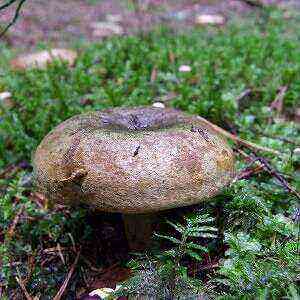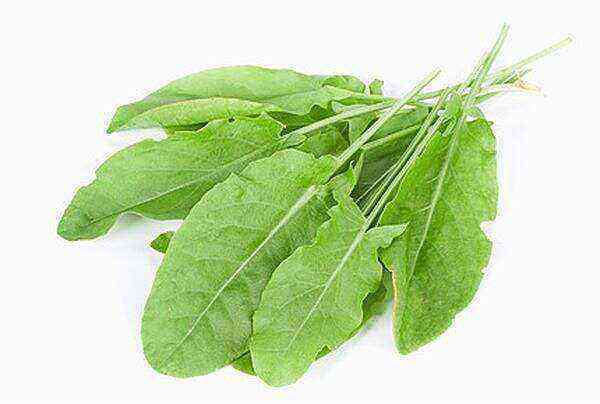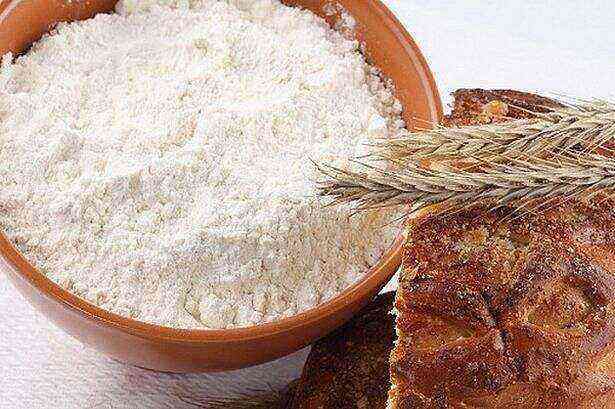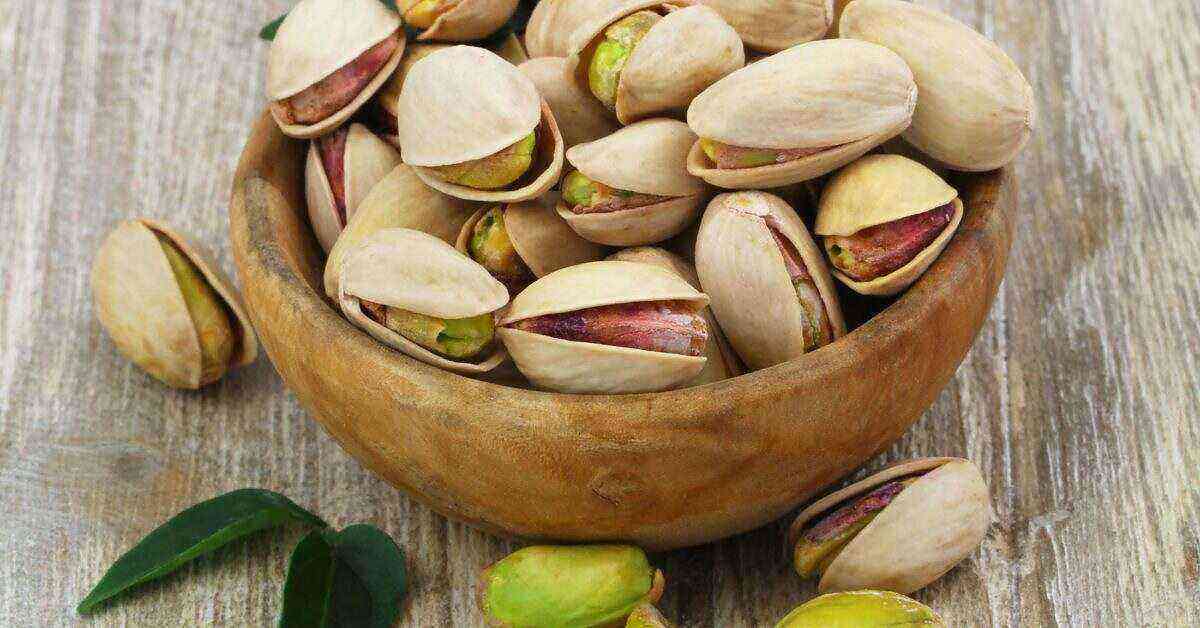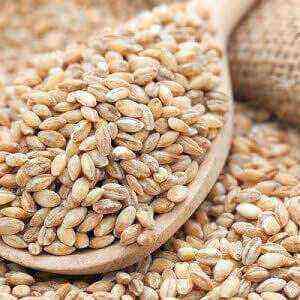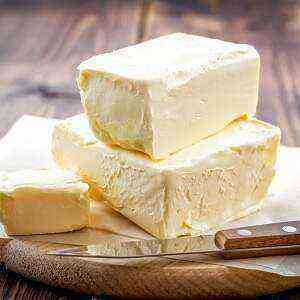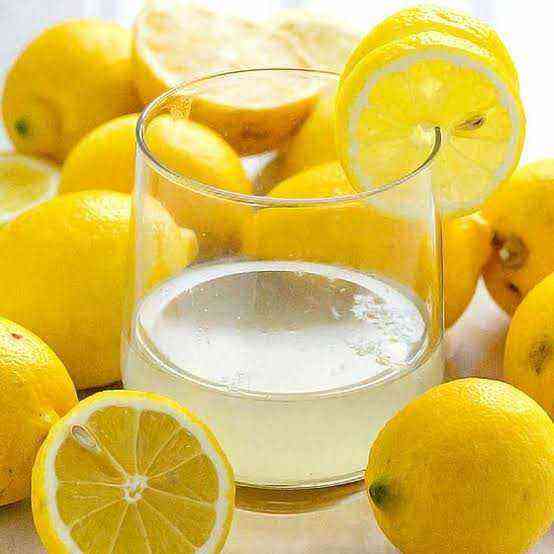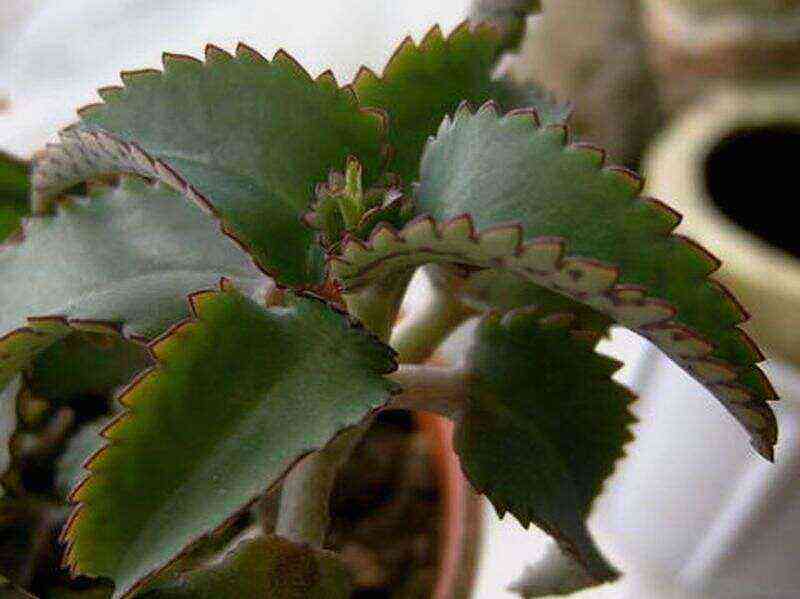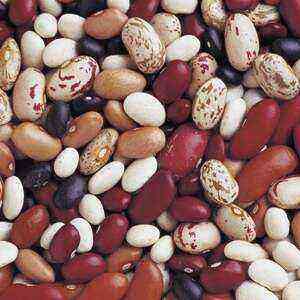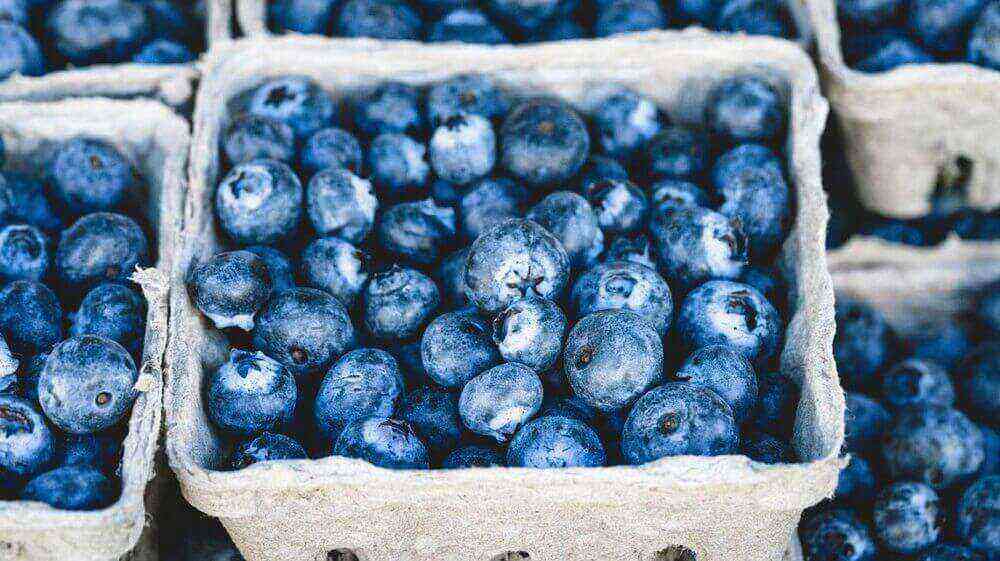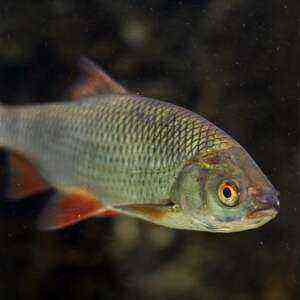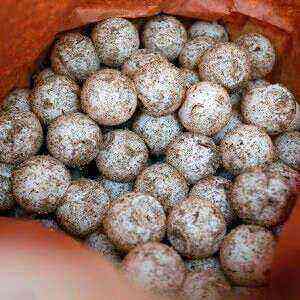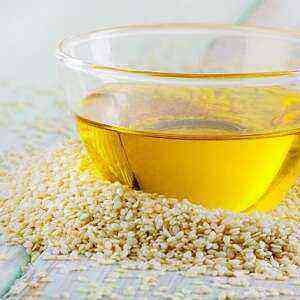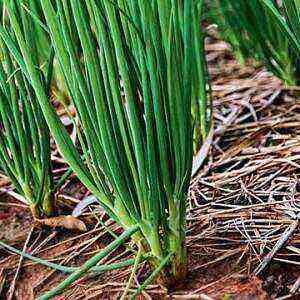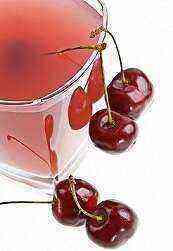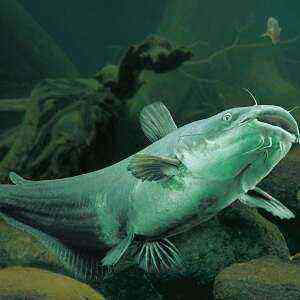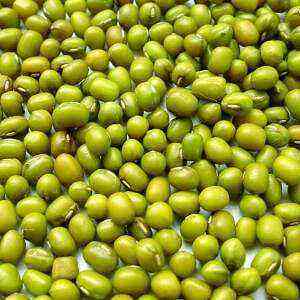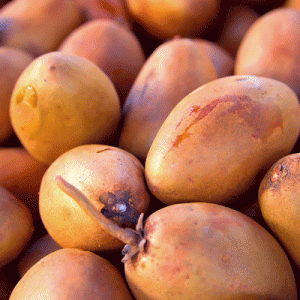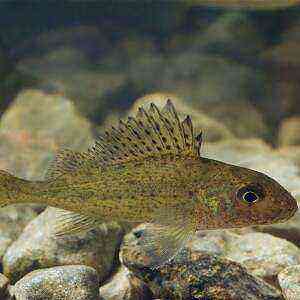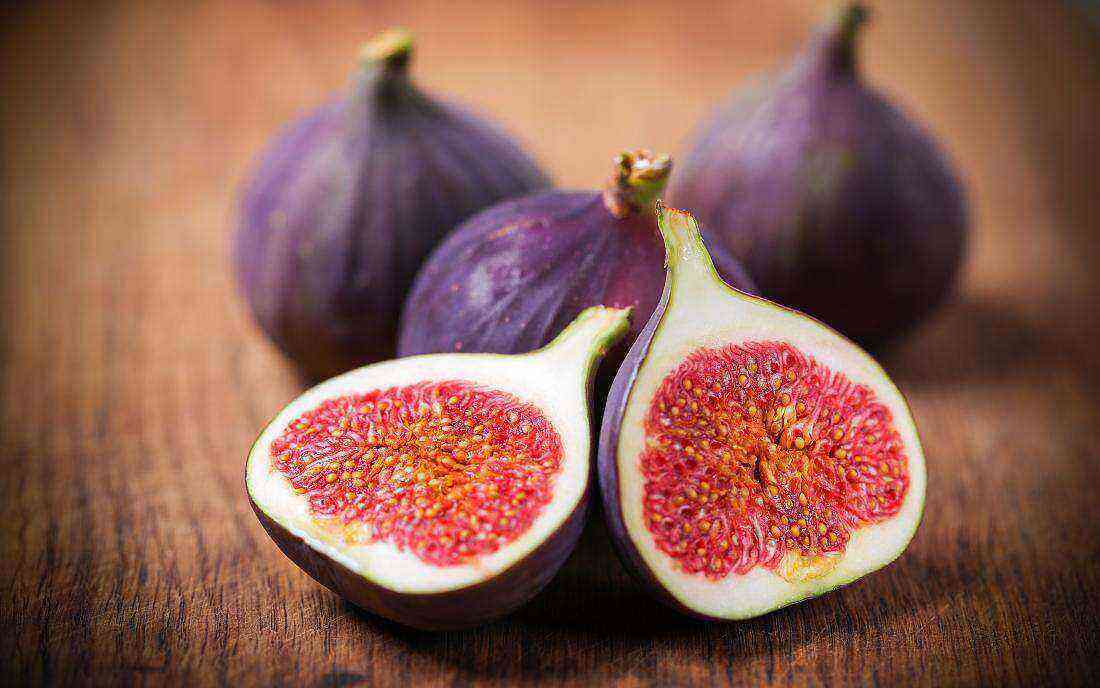
Vegetable Mexican Physalis (varieties “Confectioner”, “King”, “Gribovsky Soil”) is larger than strawberry. It is resistant to the effects of low temperatures, has high yields, quickly matures. The composition of the vegetable blister includes a minimum of dry substances, so the freshly picked fruit is not very pleasant to taste. At the same time, it exhibits the following beneficial properties: anti-inflammatory, choleretic, diuretic, analgesic, hemostatic.
Raw strawberry (Peruvian) Physalis in its raw form is tasty due to the high content of dry substances in fruits. Used for making jams, pastila, jam.
Other edible physalis species: pubescent (raisin), Florida. They have very sweet but less aromatic fruits.
Description
Physalis owes its name to the spherical shape of the berry, which is placed in a voluminous orange cup of a bubble-like configuration. “Fizeau” in Greek means “bloated.” The flowering period of the plant falls on May-August, and fruit picking – in June-September.

Plant height reaches 100 centimeters, shoots – woody, strongly branched, are underground. Stems of Physalis curved at an angle, arranged vertically relative to the soil. Fruits – juicy spherical saturated red or orange color, inside a protective cup. Their value does not exceed 12 millimeters in diameter, weight 9 grams. Marunka leaves are thin, opposite ovate configuration with single cut toothed edges. Physalis can be found anywhere where there is a woodland with edges, ravines, shrubs.
The fruit of earthen cranberries is comparable with cherry tomatoes, slightly sour in taste, resembles candied lemon, full of tiny seeds. Berry is consumed mainly in dried form, its size is slightly larger than the zest.
Influence on the body
According to experimental studies, it was found that Physalis has the following healing properties:
- painkillers;
- antitussive;
- hemostatic;
- antiviral;
antibacterial;
- anti-inflammatory;
- antioxidant;
- cleansing;
- choleretic;
- diuretic;
- immunoactive.
The healing properties of the vesicle are due to the unique chemical composition represented by the following active substances: physalin, tannin, cryptoxanin, pectin, sapononins, flavonoids, polyphenol, vitamins A, C, B1, B2, B6, organic acids (tartaric, malic, succinic, synapic, palm and stearin), minerals (magnesium, iron, zinc, phosphorus, potassium, calcium). Ripe fruits contain tannins, coloring components, carbohydrates, proteins, fiber, fatty oils.
A decoction of physalis roots is used to normalize the menstrual cycle. Water infusion of fruits – to relieve swelling, the effects of bruises (as compresses), eliminate cough in case of colds.
Physalis is used to treat:
- gout;
- dropsy;
- depriving;
- rheumatism;
- bronchitis;
- inflammatory reactions of the urinary tract;
- diseases of the respiratory system.
Fresh juice of bladder berries helps with gonorrhea, hypertension, dermatosis, dysentery.
Beneficial features:
- improves intestinal motility;
- removes excess fluid, heavy metal salts and toxins from the body;
- strengthens bones, tooth enamel;
- supports the work of the heart muscle, circulatory system;
- fights viral infection, strengthens the immune system;
- relieves swelling of the upper respiratory tract;
- normalizes blood pressure, acid-base balance;
- improves digestion, metabolism.
Contraindications – diseases of the digestive system.
How to eat?
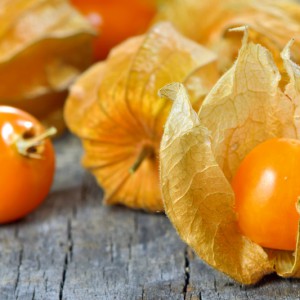
Before use, the fruit should be doused with boiling water so that a wax-like sticky coating will come off their surface. Ripe berries have a sweet taste with characteristic bitterness and sourness.
Remember, you need to start eating a product with two or three pieces, monitor the reaction of the body. With good tolerance, gradually increase the number of berries. The ground parts of the plant (leaves, caps, stems) are poisonous. Therefore, it is worth using them for medical purposes only under the supervision of a physician, in strictly prescribed doses, so as not to harm health.
Use in medicine, cosmetology
For medicinal purposes, exclusively ripe fresh berries are used. One-time reception – from 10 to 15 pieces of small fruits or from 4 to 8 large ones. Berries are consumed 10 – 15 minutes before the main meal. With increased acidity of gastric juice, the number of fruits is halved. In folk medicine, physalis is used to alleviate the condition of patients suffering from chronic cholecystitis, hypertension, diabetes mellitus, constipation, anemia. For prophylactic purposes, it can be consumed by everyone who does not have digestive problems. This is an excellent multivitamin product.
 Physalis decoction
Physalis decoction
For the preparation of the healing drink 20 grams of dry fruits, combine with 400 milliliters of boiling water, put on the stove, cook for 15 minutes. Remove the broth from the heat, insist 1 hour, strain. Take 50 milliliters 3 – 4 times per day.
The resulting drug is used as an analgesic to improve kidney function, treat rheumatism, eliminate laryngitis, bronchitis, and flu. On its basis, make compresses to relieve inflammation, dermatitis.
Physalis is used in cosmetology to combat acne. To improve the condition of the skin, moisten gauze in the resulting broth, apply it on the face, bypassing the area around the eyes, on 15 minutes.
This procedure is performed every day for three weeks.
Physalis ointment
Crush fruit, 10 grams of raw materials obtained, pour olive oil (40 milliliters), stir, insist 21 day. Use for rubbing with rheumatism, as well as areas with inflammatory process.
Physalis Juice
Used as a choleretic agent, for lowering blood pressure, treating cystitis, kidney stones. Due to the high concentration of essential substances, juice is a strong drug. The daily dose should not exceed 30 milliliters per day. Take once a day before meals.
Cooking application
For processing Physalis, both unripe and ripe fruits are equally suitable.

Physalis is wet
Place the peeled buds in sterilized glass jars with layers of spices. As an aromatic additive, horseradish root (5 grams), red capsicum (1 gram), garlic (3 grams), basil (5 grams), blackcurrant leaves (15 pieces), celery (3 grams) are suitable. For 1 kilogram of physalis, the total mass of spices should not exceed 50 grams.
The next stage is the preparation of brine. Mix 1 liter of water with 60 grams of sea salt.
After this, fill the containers with fruits with a solution, close with a wooden circle, set on top a little oppression, leave for 10 days in a warm room. During this period, physalis will begin to ferment with the formation of lactic acid. Mold on the surface of the containers is removed. When the brine becomes acidic in taste, it is poured into a pan, boiled, re-filled with fruit jars, rolled up, cooled.
Pickled physalis
Rinse the fruits of the vesicle and dip for 1 minute in boiling water, then cool and place tightly in sterilized glass jars, on the bottom of which place the spices. For pickling physalis (per half liter capacity) you will need: cloves – 4 sprigs, garlic – 2 cloves, vinegar 9% – 5 milliliters, sugar – 10 grams, salt – 5 grams, allspice – 4 peas, bay leaf – 2 pieces , cherry leaves, currants – 10 pieces each, dill – 3 branches.
Pre-boil the cloves in water, cool the solution, add salt, sugar. Fill jars with fruits and spices with hot marinade dressing, cover with boiled lid, sterilize for 10 minutes, roll up. Store in a cool place. To finish marinating jars with Physalis, it is not recommended to uncork earlier than after 2 a month. At room temperature, the cooking process will go faster, and earthen cranberry buds will be usable in a month.
 Vegetable caviar
Vegetable caviar
Ingredients:
- Physalis fruit – 1 kilogram;
- onions – 300 grams;
- carrots – 400 gram;
- sugar – 5 gram;
- vegetable oil – 60 milliliters;
- salt and pepper – to taste.
Principle of preparation:
- Wash the fruits of Physalis, cut into pieces, bake or boil until tender. Then mince, add spices.
- Peel carrots and onions, cut, fry in vegetable oil until vegetables soften.
- Grind the roasted mass using a meat grinder (blender) to a uniform state, sugar, mix with physalis mashed potatoes.
Vegetable caviar is served as an independent dish or side dish to meat or fish products.
 Jam
Jam
Ingredients:
- sugar – 500 gram;
- Physalis – 1 kilogram;
- water – 500 milliliters;
- cinnamon – 1 stick;
- citric acid – 1 gram.
Method of preparation:
- Blanch the fruit (maximum – 3 minutes), fold in a colander to drain excess fluid.
- Pierce the berries with a fork, toothpick or chop into 2 – 4 piece. So they are better soaked.
- Prepare syrup: 500 grams of sugar, dissolve in 500 milliliters of purified water, add cinnamon stick and citric acid. Boil 10 minutes.
- Add Physalis to syrup, boil 20 minutes on low heat. Turn off the fire, remove the cinnamon, cover, cool.
- Re-boil (20 minutes), roll up.
To prepare jam, physalis jam is wiped through a sieve, if necessary, a gelling agent (agar-agar, pectin, gelatin, starch) is introduced.
Interestingly, the pureed bladder puree (without added sugar) is used to make jelly candies, apple marmalade, candy.
Conclusion
Physalis is a medicinal plant with sweet and aromatic fruits that has analgesic, diuretic, anti-inflammatory effects on the human body. On the basis of berries, medicinal decoctions, infusions, ointments are prepared that stop bleeding, cope with gout, articular rheumatism, hemorrhoids, pathologies of the liver, intestines, and organs of the urinary system.
Edible varieties of Physalis are used in cooking: jams, preserves, compotes, candied fruits, and vegetable caviar are made from them. Marunka buds are baked, dried, pickled, dried, boiled.
Fresh and dried fruits of physalis are used for therapeutic purposes to combat hypovitaminosis, inflammatory reactions. They contain pectin, healthy fatty oils, organic acids (tartaric, caffeic, citric, synapic, malic, succinic, furolic), vitamins A, C, B1, B2, B6 and minerals (magnesium, iron, zinc, phosphorus, potassium, calcium).
Hound cherry is an unpretentious plant that is grown from seeds and seedlings. The best precursors for planting are cabbage or cucumbers. It is not recommended to plant physalis after peppers, potatoes, eggplants and tomatoes, since they suffer from the same diseases. 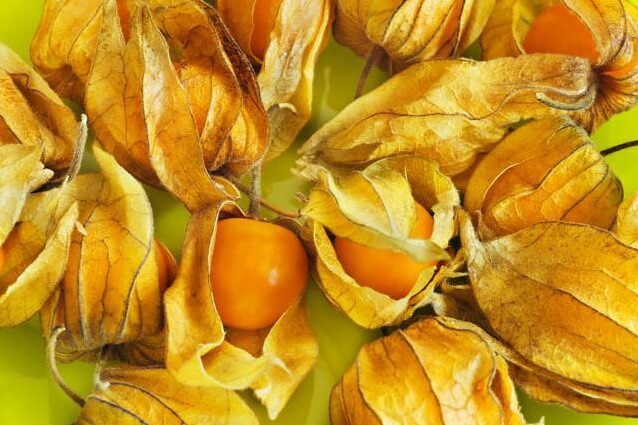
How to understand ripe fruit or not?
First of all, carefully inspect the box. In ripe Physalis, the cap is taut and dried, and ripe berries are showered on the ground. To taste, they resemble a tomato. Green fruits contain many organic acids, which give a characteristic sourish tint to the berries.
Interestingly, Physalis branches are used for decorative purposes to create a herbarium and decorate an apartment before the new year.
Sources of
- Alpatiev A.V. – Physalis. – M .: Rosagropromizdat, 1989
- Pivovarov V.F., Skvortsova R.V., Kondratyeva I.Yu. – Private selection of nightshade crops (tomato, physalis). – Moscow, 2002 – S. 197-198
- Kondratyeva I. Yu., Skvortsova R. V. – New variety of vegetable physalis Dessert. // Sat. n. Proceedings of the 7th International Symposium “Unconventional and Rare Plants, Natural Compounds and Prospects for Their Use”. – Belgorod, 2006 – Vol.2. – S. 92-95
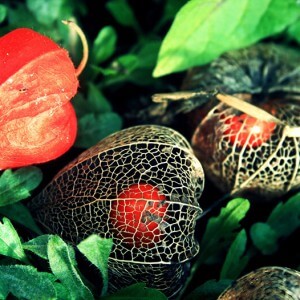 antibacterial;
antibacterial;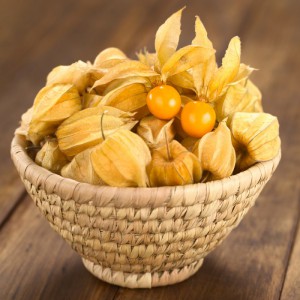 Physalis decoction
Physalis decoction Vegetable caviar
Vegetable caviar Jam
Jam
